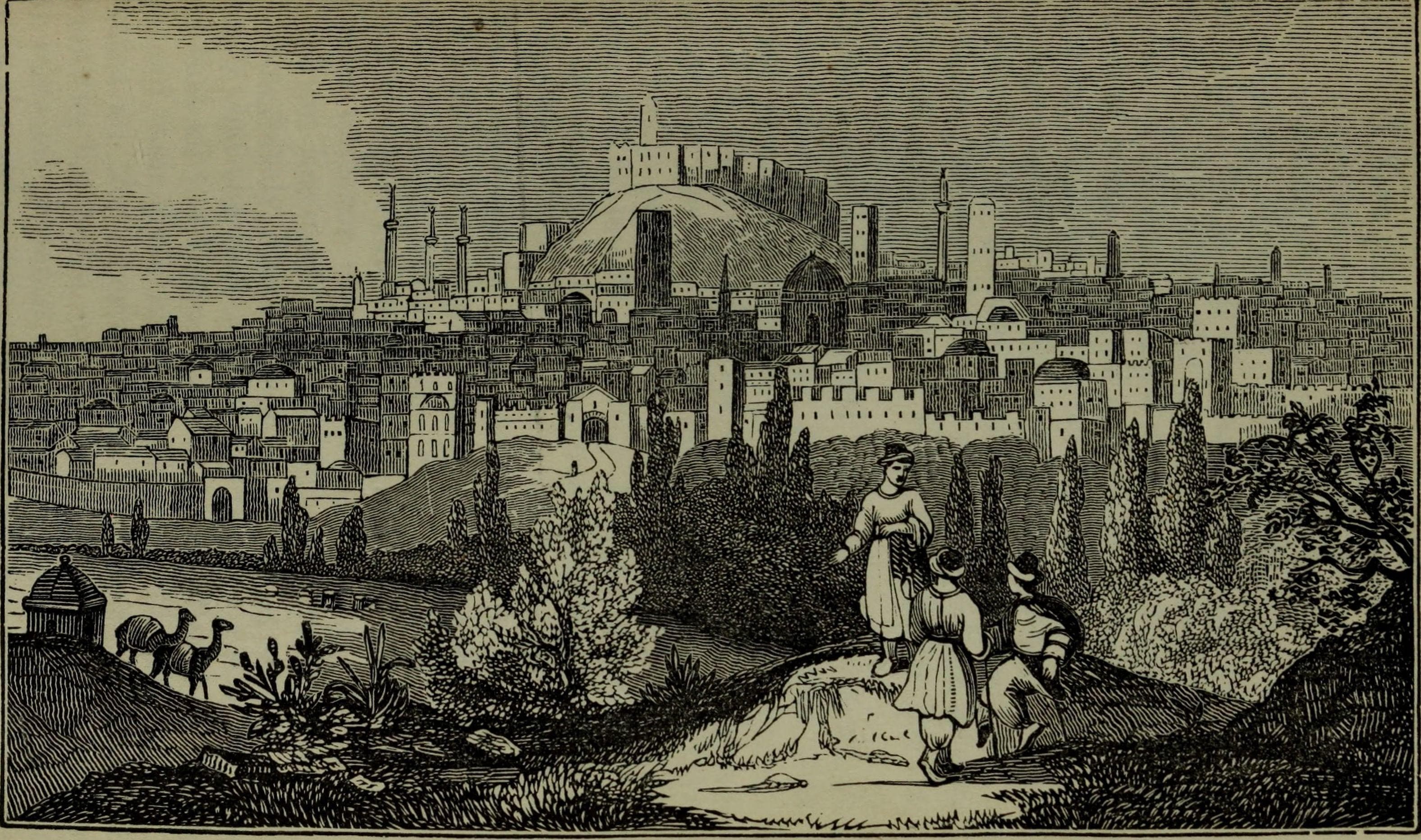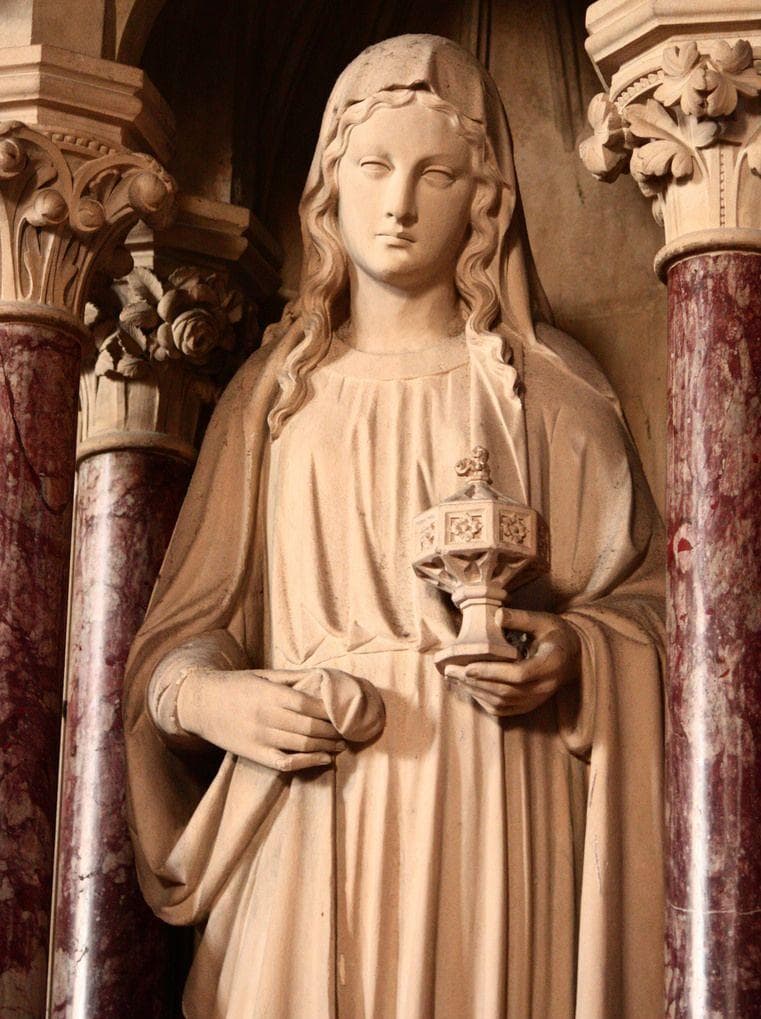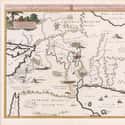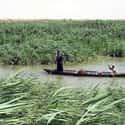-
(#3) The Stone Tools Of Eden's Hunter-Gatherers Are Now Buried Beneath The Gulf Waters
A new theory gaining momentum is that the usual evidence of Paleolithic settlements that predate the Ubaidians, such as stone tools, are missing because they're underwater. Until 8,000 years ago, a landmass the size of Britain existed within the Persian Gulf. This mass was fed by four rivers and a network of underground springs, making it a lush paradise that was able to support a population of hunter-gatherers. These people, who had traveled up from Africa as far back as 100,000 BCE, sought refuge in the lush Persian Gulf Oasis during an Ice Age that reduced the surrounding lands to vast deserts.
-
(#6) Utnapishtim's Story Of Building An Ark to Escape The Flood Predates Noah's by 700 Years
In the Epic of Gilgamesh, the hero comes across an old man, Utnapishtim, who tells Gilgamesh a story of how the god Ea instructed him to build an enormous boat to save himself, his family, and "the seed of all living things." Utnapishtim does as Ea instructs and the gods create rains that last for several days causing a great flood. When the rains subside, Utnapishtim's boat lands on a mountain and he sets loose first a dove, then a swallow, and finally a raven, which all find dry land. This story certainly predates any knowledge or records we have of Noah's ark as set down in Hebrew culture.
-
(#9) The Sumerians Were The Descendants Of Refugees From Paradise
No one knows exactly where the Sumerians came from, but between 5500 and 4000 BCE they occupied 10 city-states between the Tigris and Euphrates river system: Eridu, Uruk, Ur, Larsa, Isin, Adab, Kullah, Lagash, Nippur, and Kish. Though these city-states were constantly at war with each other, they shared a common language and invented the first written language (cuneiforms), the wheel, literature, law code, complex mathematics, and beer which was invented, brewed, and drank only by women for several thousand years in women-run taverns.
Because the Sumerian language is an isolate, meaning it's not related to the written or spoken language of any surrounding cultures, scholars have speculated that it's an offshoot of a Proto-Euphratean language spoken by the Ubaidian people - the same group who absorbed the hunter-gatherers in the paradise of the Persian Gulf Oasis before retreating from the great flood to settle along the new shoreline.
-
(#1) Four Ancient Rivers Led Scholars to Eden's Geographical Location
According to the Genesis, the Garden of Eden was located at the head of one major river that then divided into four rivers to water the garden: the Pishon, Gihon, Tigris, and Euphrates. Because Eden was described at the "head" of this biblical river system, many scholars placed Eden in the mountains of Turkey where the Tigris and Euphrates originate. However, in ancient Hebrew, "head" didn't mean the beginning of a river, but where it intersected with other bodies of water - this would imply that the heads of the four rivers were all in the Persian Gulf.
The Tigris and Euphrates are easy to identify because they still exist, but there's much debate about the biblical Gihon and Pishon rivers. Many scholars have argued that the Gihon was the Nile and the Pishon the Ganges, but at no point in geological history have these four major rivers intersected. A more likely scenario is that the Gihon River corresponds with the Karun River in Iran, and the Pishon River with the Wadi Batin river system (now dry) that once drained from the fertile central area of the Arabian Peninsula into the Persian Gulf. These four ancient rivers place Eden at the top of the Persian Gulf in the area of the Mesopotamian Marshes.
-
(#11) The Mesopotamian Marshes Were A Hotspot At The Beginning Of Civilization
Dilmun may have all the stories to prove it was Eden, but the Mesopotamian Marshes have all the geological and archeological evidence. The marshes covered 6,000 square miles only a few hundred years ago, and even vaster in ancient times, providing a rich bounty for hunter-gatherers. The first Ubaid farming villages were established in the marshes by 6200 BCE and by 3800 BCE, the Sumerian city of Ur, famous for its canals, was established at the edge of the marshes.
Archaeological excavations show that Ur led Mesopotamia in terms of early urban development, its wealthy citizens enjoying a level of comfort not seen at that time in surrounding cities. Ur reached its peak around 2047-1750 BCE when it built its great ziggurat and high city walls, but by 450 CE it had been pushed north off the shores of the marshes by a buildup of river silt and was abandoned.
-
(#10) Dilmun Might Mark The Exact Location Of Paradise Within The Persian Gulf Oasis
Sumerian legends describe Dilmun as a bright and pure paradise where sickness and death did not exist. It was full of abundant water sources that transformed a formerly dry land into a literal garden of the gods where the mother goddess Ninhursag tended sacred plants and deities made their home. It was a land free of pain and sorrow where people had achieved immortality. The mythical stories of Dilmun are recorded in such legends as Enki and the World Order, Gilgamesh, The Land of the Living, and The Sumerian Genesis. These stories are thought to have heavily influenced the concept of Eden recorded in the Old Testament.
The real Dilmun encompassed Bahrain, Kuwait, Qatar and the coastal regions of Saudi Arabia. Dilmun's people were at the center of commercial activities, encompassing traditional agriculture and seafaring which allowed them to control the Persian Gulf trade routes from 3000 to 800 BCE.
New Random Displays Display All By Ranking
About This Tool
The Garden of Eden is a paradise on earth. According to the records of the "Bible·Old Testament·Genesis", God created the ancestors of mankind in his own image. The man Adam and the woman Eve lived in the Garden of Eden. The Bible records that the Garden of Eden is in the east, and there are four rivers flowing from the land of Eden and nourishing the garden.
The location of the Garden of Eden described in the Bible has been a mystery that theologians, historians, and archaeologists attempt to explain over the centuries. The random tool shares 12 proofs that many historians agree the Garden Of Eden was located in Iraq.
Our data comes from Ranker, If you want to participate in the ranking of items displayed on this page, please click here.















